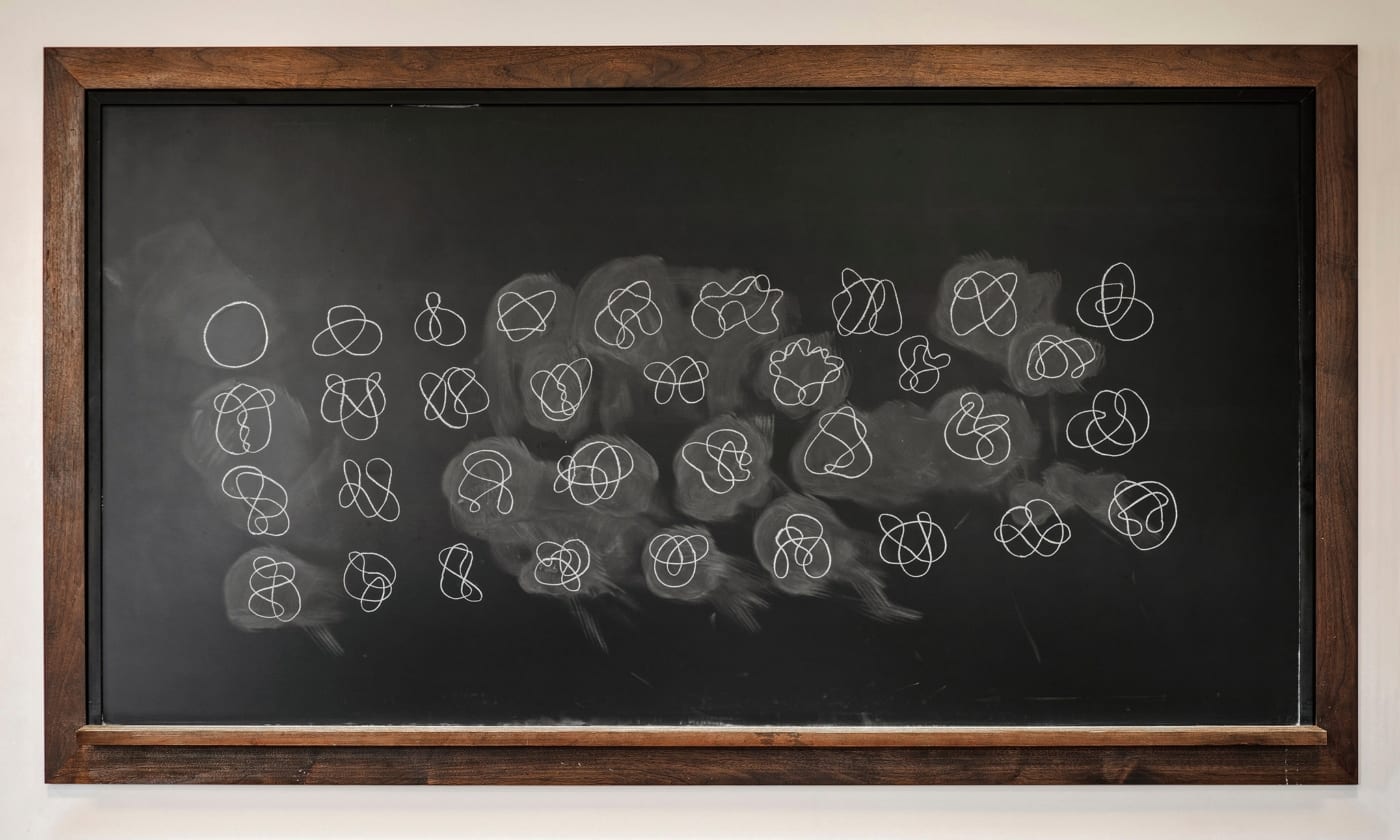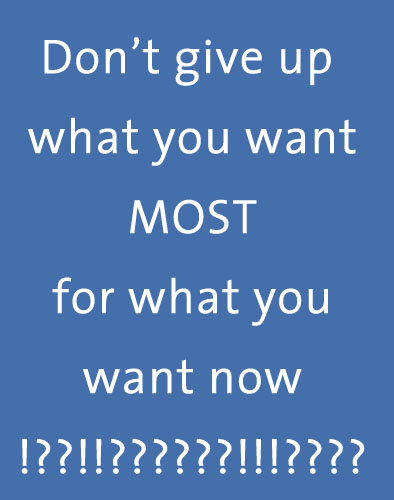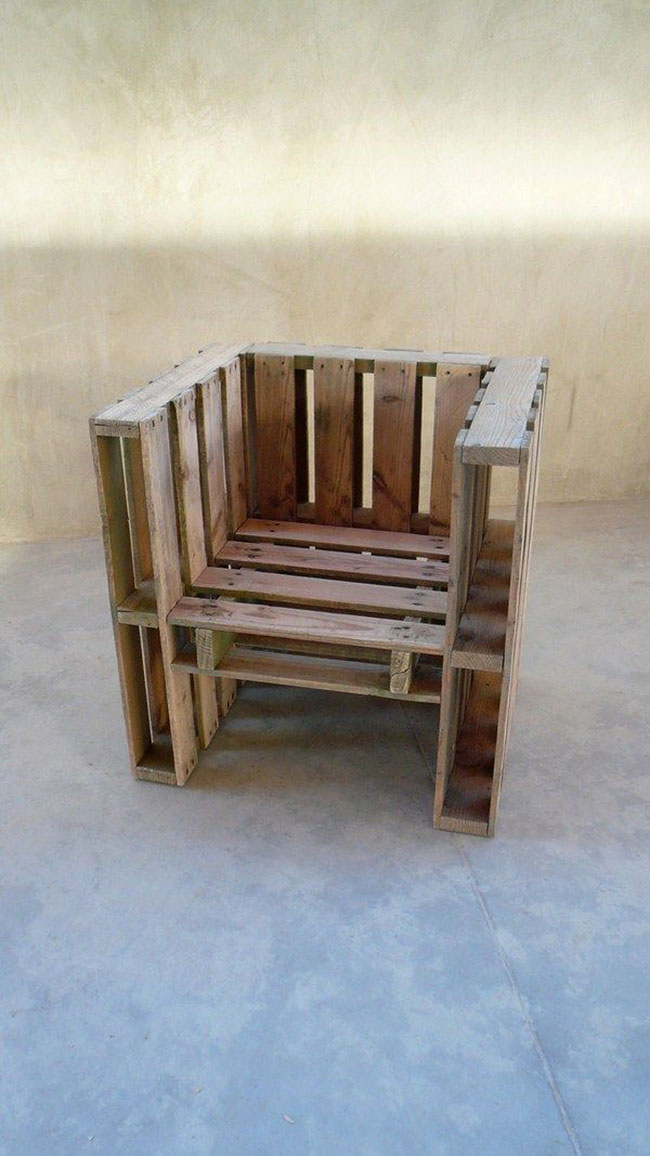“This is what thought looks like” begins Dennis Overbye’s recent New York Times article about Jessica Wynne’s remarkable photographs of mathematician’s blackboards. In them Wynne recognized something akin to art, visual metaphors of “ideas, and ideas about ideas. Suppositions and suspicions about relationships among abstract notions…”
Some are beautiful for ideas put forward and erased, leaving evidence of an exploration, confusion, perhaps a failure..
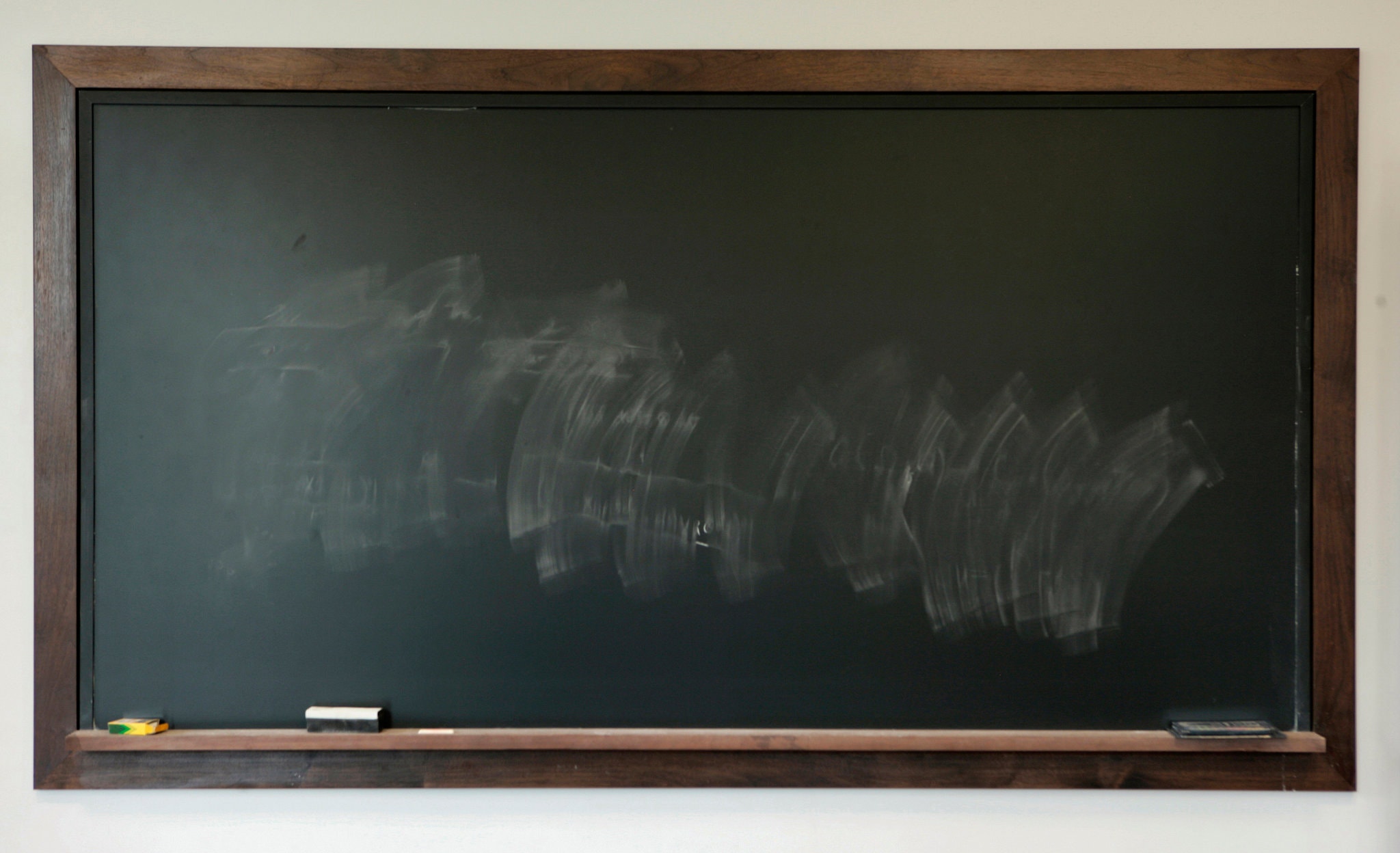
Most are monochrome, with a code to indicate black and white, which Tadashi Tokieda, a professor at Stanford University, made fun of with this blackboard:
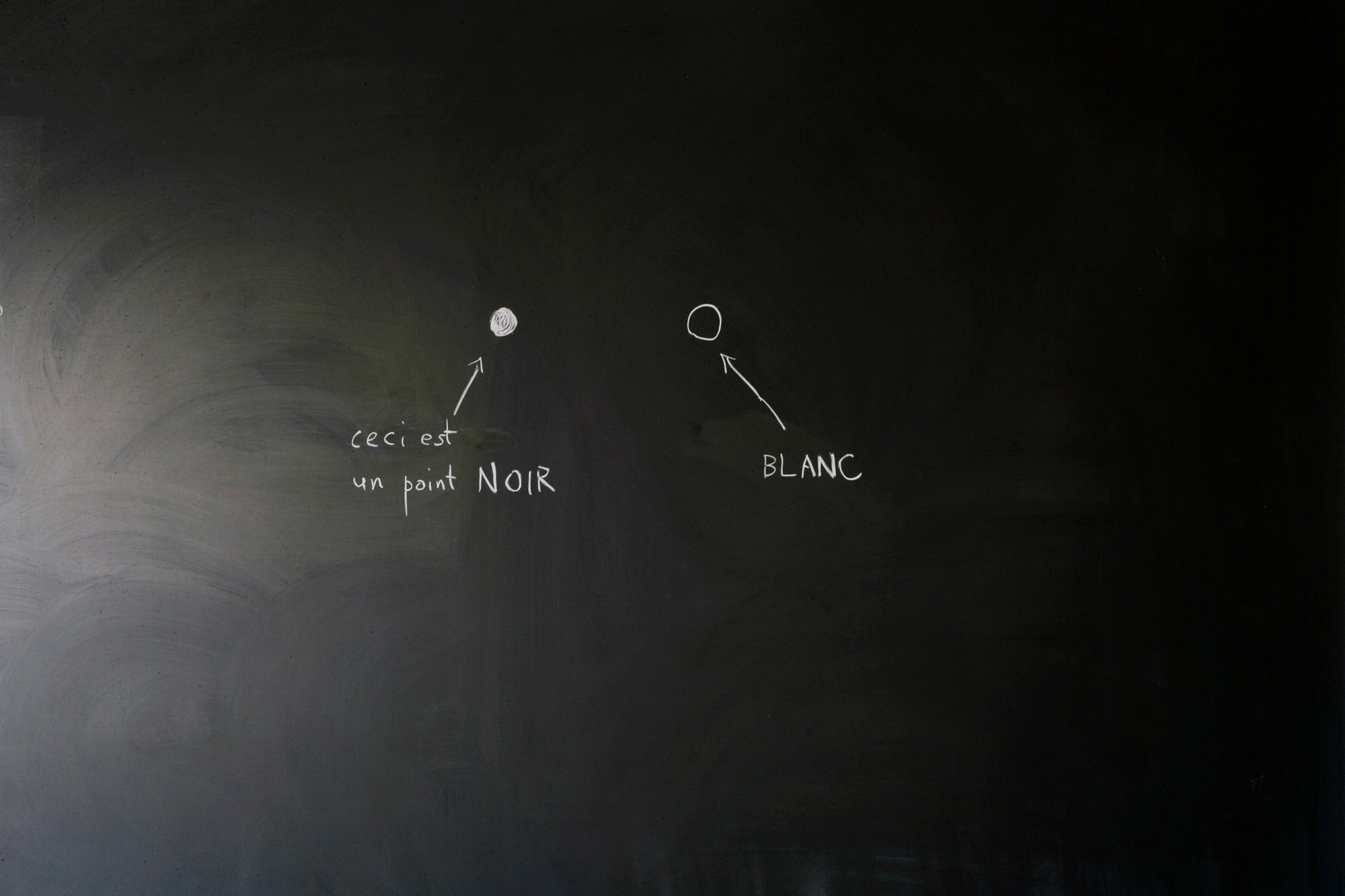
Some show whimsy, like the blackboard worked at among trees at the Institut des Hautes Études Scientifiques outside Paris.
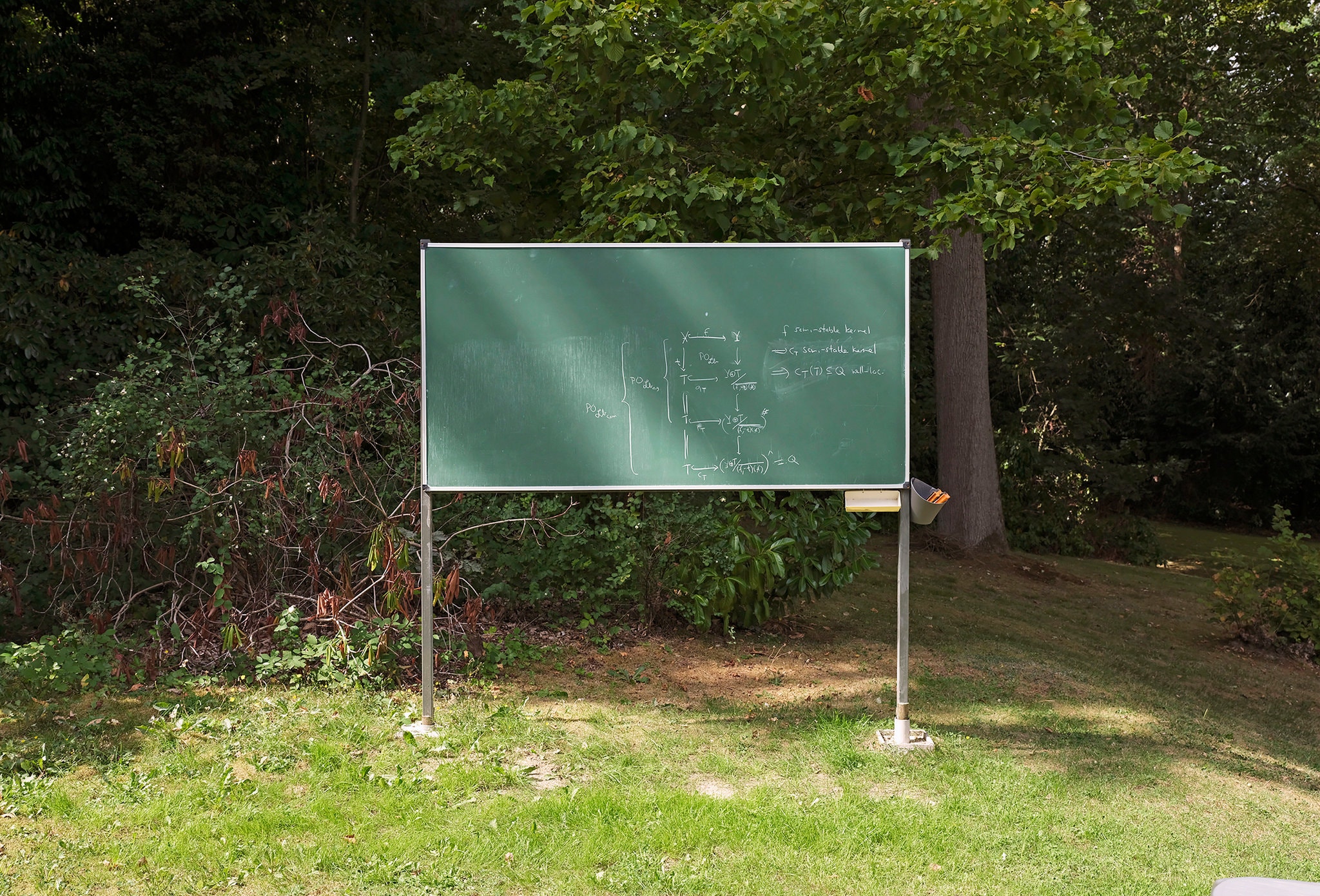
The addition of color pushes them farther into artful visuals…(and so much more beautiful than markers on a whiteboard)
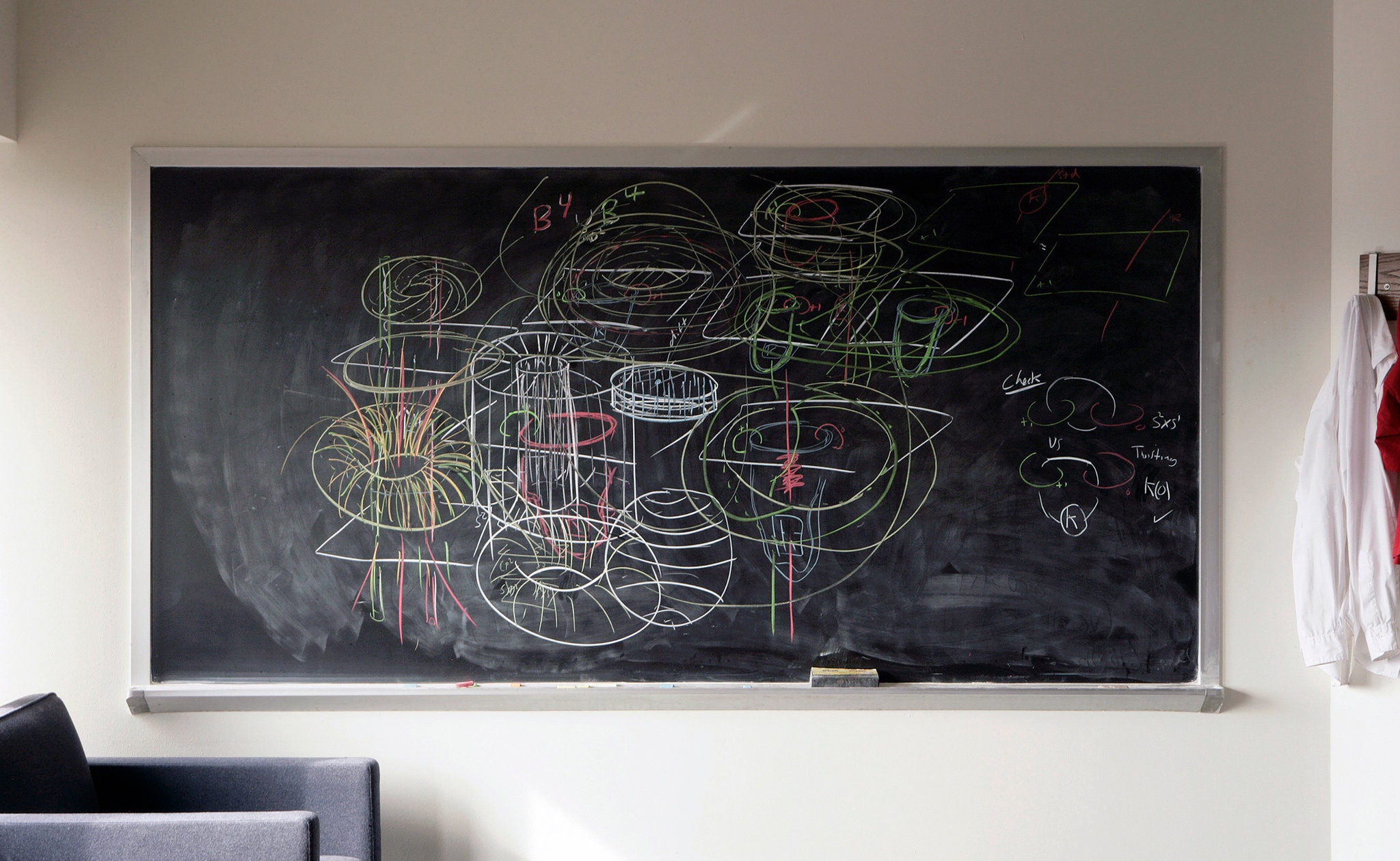
…and reminds us of the astonishing blackboard drawings brilliant social thinker and visionary Rudolf Steiner made to illustrate his lectures. They have been collected in the expensive, beautiful Blackboard Drawings, 1919-1924. You can see a trove here.

After many of his early chalkboard drawings were erased, thick black paper were used to cover the blackboards so the drawings could be rolled up and saved (something we could do, too.)
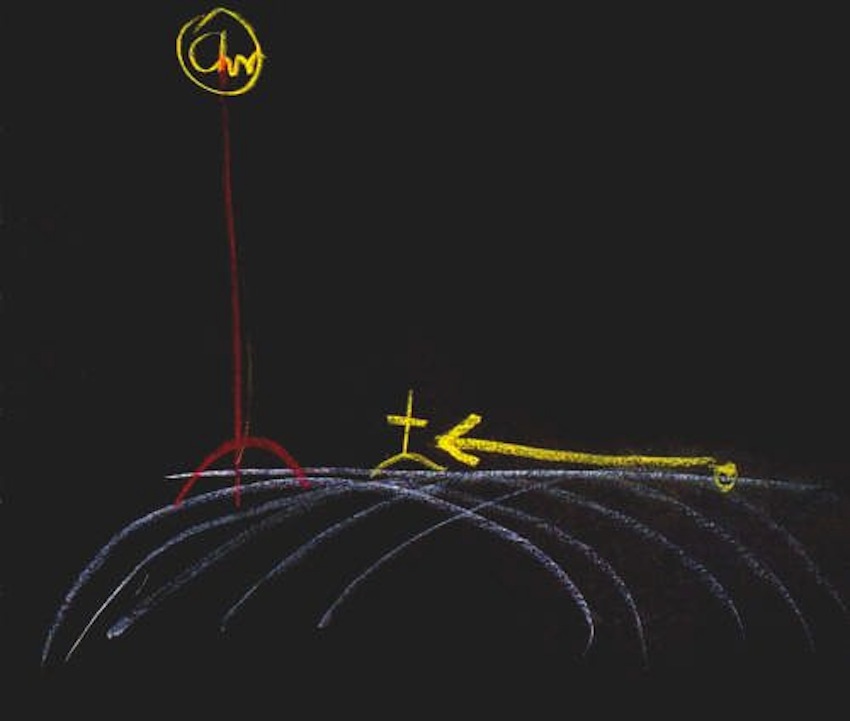
Steiner schools still employ the technique of illustrating concepts on a chalkboard. They use large classroom slate boards as well as plywood boards painted with black or chalkboard paint, each producing a different texture.
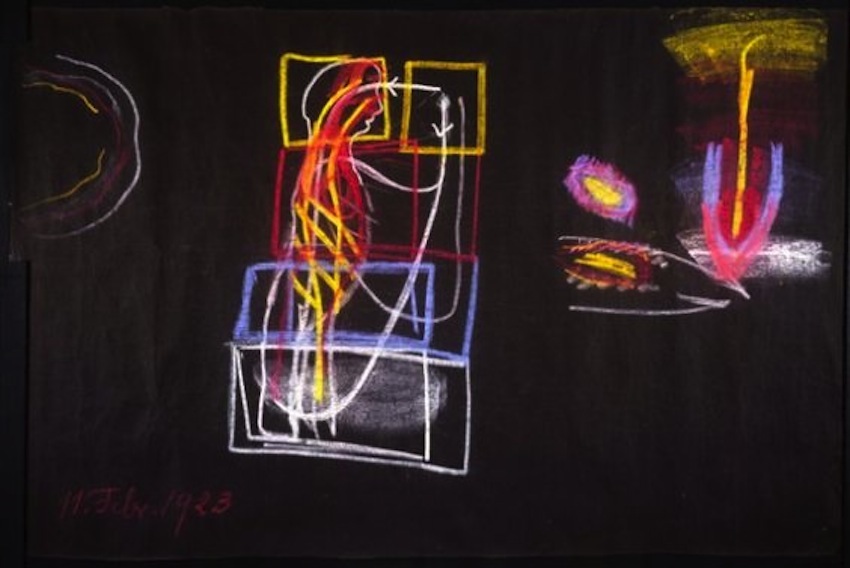
One teacher recommends Prang Ambrite or Mercurious chalks for their vibrant colors.
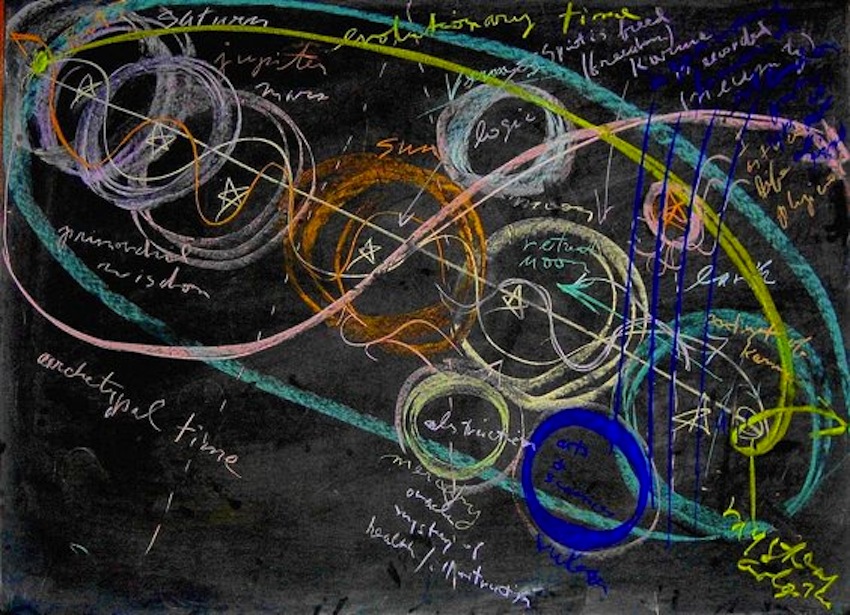
And of course, there is Cy Twombly’s now-iconic painting from 1970, “Untitled”, which looks like an expressive flow of chalk.
Twombly made this work using an unusual technique: he sat on the shoulders of a friend, who shuttled back and forth along the length of the canvas, thus allowing the artist to create his fluid, continuous lines.—moma.org
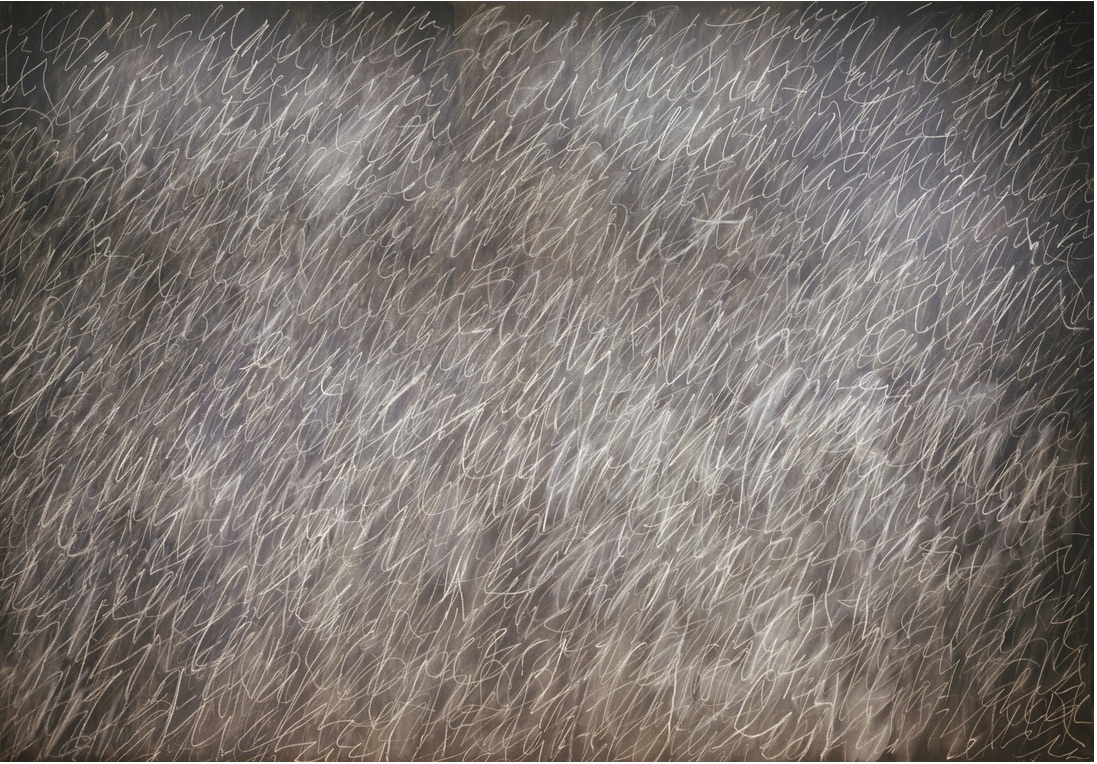
These beautiful images of ideas made with such simple analog tools makes us want a chalkboard (or at least a big black piece of paper), to capture dreams, poems, brain storms of all kinds…

